Adam Zaretsky
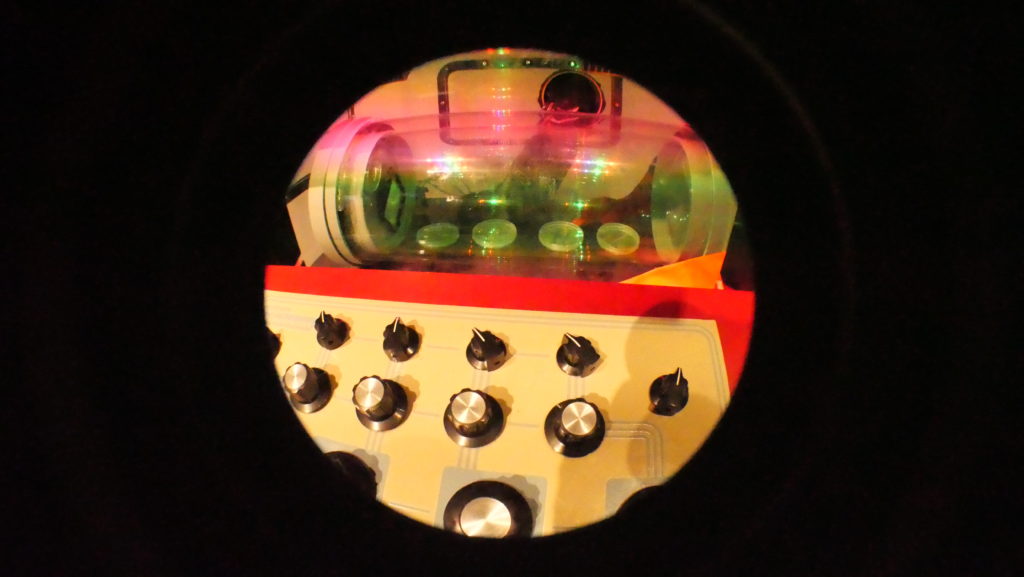
Intro:
Meet the Bipolar Flower, Bipolar (manic-depressive), Double Dipped, Zinc Fingered (ZF), GMO Arabidopsis thaliana plants. These are plants who have been ‘whole genome fracked’ in a bipolar duet of two artificial transcription factors (activating and repressing) competing for the 524 GTA GAG GAG binding places on the Arabidopsis genome. The name of the particular zinc finger, whole genome frack device used to turn this plant out, is 16VD, with the binding domain: GTA GAG GAG. Inserted in the lab of Dr. Ir. Bert van der Zaal (in collaboration with David Lourier and Niels van Tol), by means of floral double dipping, the vector Agrobacterium tumefaciens (the hypervirulent kind Agl-1) has infected buds with protein therapeutic interrogative alterity. These buds became bipolar flowers from which the seeds to the plants you see in front of you have been born. The plants are named after their floral wombs and the romantic birth defects they carry from our heavy-handed work. The construct is controlled by RPS5A, the promoter of the ribosomal protein gene. The used expression vectors are a modified version of the pGPTV-KAN vector (Becker et al., 1992). The two different constructs are: pRF-VP16-3F, fused with the VP16 activation (manic) domain and a hygromycin resistance gene. pRF-EAR-3F is fused with the repressor (depressive) domain EAR and the kanamycin resistance gene. The competition inside the plant’s genome is for the up or down regulating of expression patterns of all 524 of GTA GAG GAG downstream genes in the Arabidopsis thaliana (mustard weed). These genes are either turned on and off or regulated up and down according to the chance play of falling activation and repression domain inserts running heedless in an intensive virulence minuet claiming limited space in the plant’s resultant bipolar disordered (mood, energy, and ability to function) mixed episode gene expression, decanalization swinger response mechanisms. It has been suggested that due to up regulation of atavistic genes and resurgence (ancestral gene recapitulation) of deep time traits unrepressed by suddenly down regulated paternalist genes (upstream), the Biopolar Flower may no longer be accurately classified simply as a plant.
APHIS @ the FDA:
I took the time to ask the United States Department of Agriculture (USDA), Food and Drug Administration (FDA), Animal and Plant Health Inspection Service (APHIS) if I could move my genetically modified seeds across state lines. Better known as thale cress or rocket, Arabidopsis thaliana is a common roadside plant and the first plant on earth to have its genome sequenced. A. thaliana is the plant workhorse of molecular biology. Labs study mutant varieties of A. thaliana around the globe. My mutant strains were artistically whole genome reprogrammed using zinc fingers. It’s a long story and you can actually watch the the making of the seeds and hear about their anti-design below.
Suffice to say, the bipolar seeds were epigenetically tweaked at University of Leiden and shipped to me, presumed exempt, from the Netherlands to New York. Soon after, the seeds were requisitioned for travel from New York to North Carolina for the exhibition Art’s Work in the Age of Biotechnology, curated by Hannah Star Rodgers and Molly Renda, an art-science exhibit led by the NC State University Libraries and the Genetic Engineering and Society (GES) Center, held at the Gregg Museum of Art & Design. What is presented here is an exposé and record of what it takes to travel with transgenic art according to the rules and regulations of the United States of America.
I felt like the seeds had entered the US Department of the Interior through FedEx without papers. Sure they were double contained, but—as a foreign species—it is always better to have travel papers even if you are still considered an alien. I decided to fill out the forms and get my seeds some legal permits, so that when they went across state lines they would not be federally offensive, deemed unfit, incinerated, or cause a costly kerfuffle. Also, I still wonder about the effect of GMOs on the environment. So, I wanted a paper trail in the event of accidental release and concurrent trail of propagation/pollution.
To do this, I went online to the USDA, FDA, APHIS, which according to their website: “regulates the introduction (importation, interstate movement, or environmental release) of certain genetically engineered (GE) organisms. All regulated introductions of GE organisms must be authorized by APHIS under either its permitting or notification procedures.”
Permit Application:
I filled out the forms and this started a series of phone calls and emails for verifications of risk status, confirmations of security, checks on virulence, etc. Eventually, I was granted an exemption on needing a permit with the stipulation that the seeds traveled contained and were housed in containment as well. The idea was to show them in the Errorarium—part of my ongoing project Errorarias: Bipolar Flower Enrichment. The Errorarium is a triple containment, light and sound synth that has been used in personality research around the world.
The following is the permit application and subsequent communiques with all pertinent details. I hope you enjoy absurd forms as art!
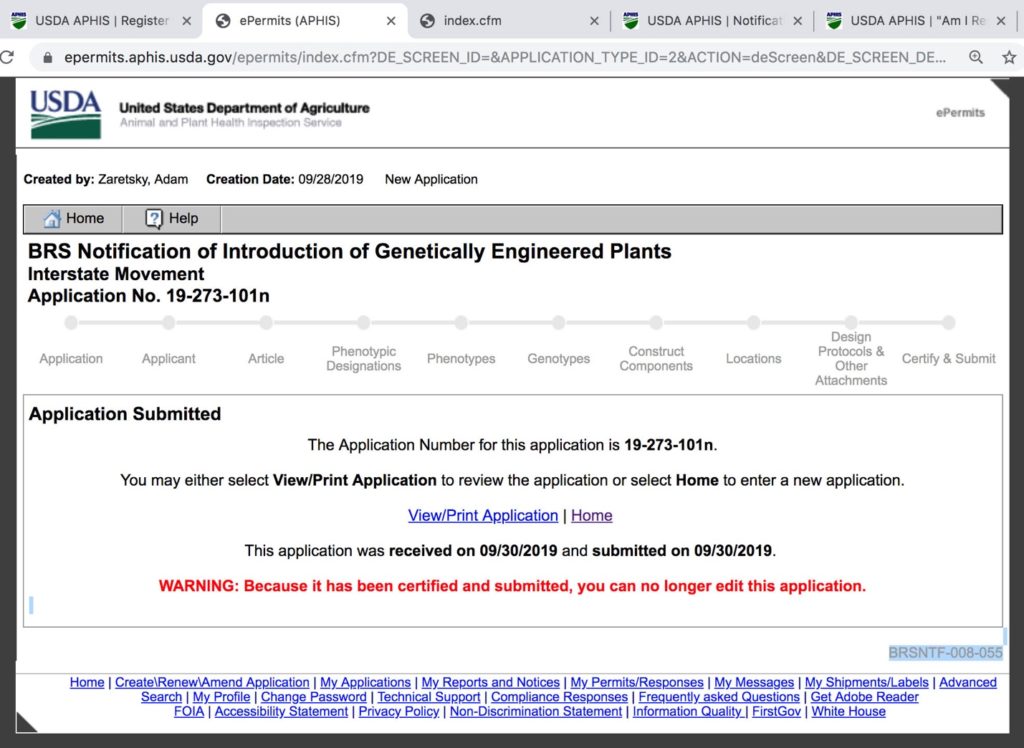
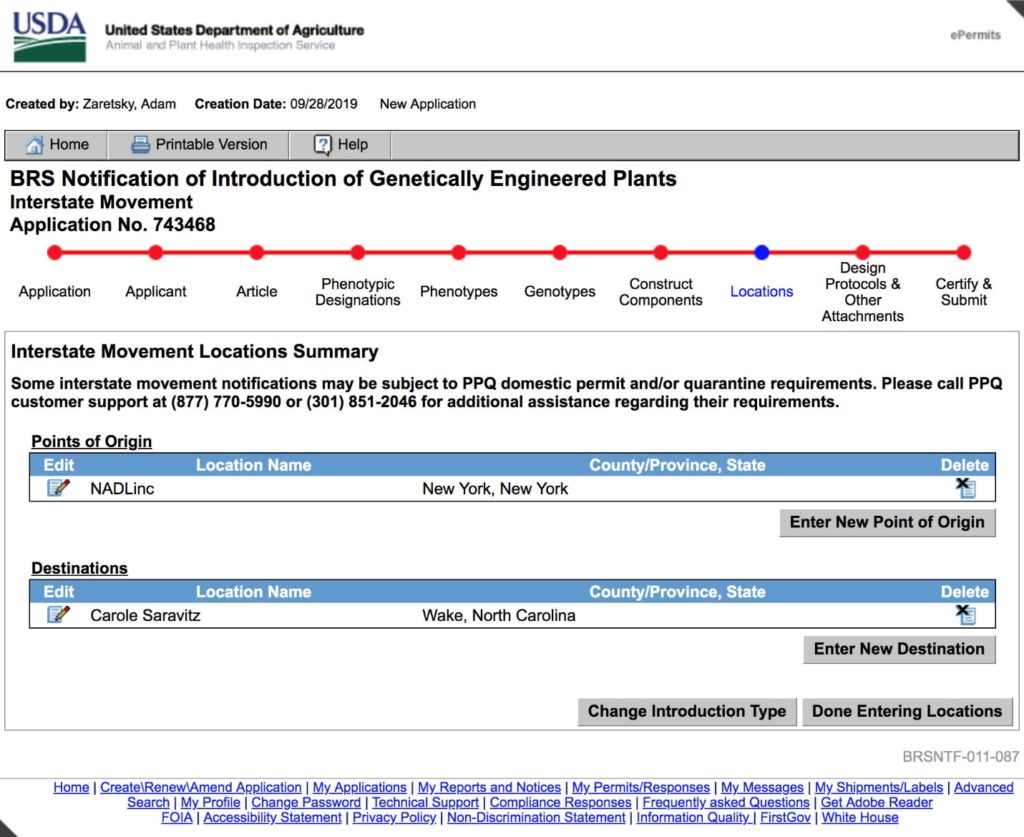
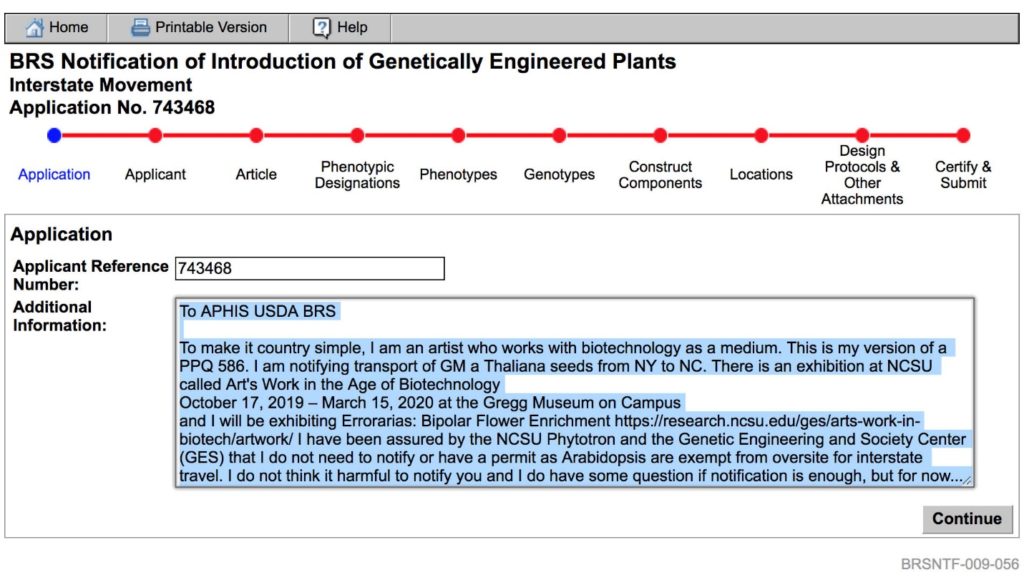
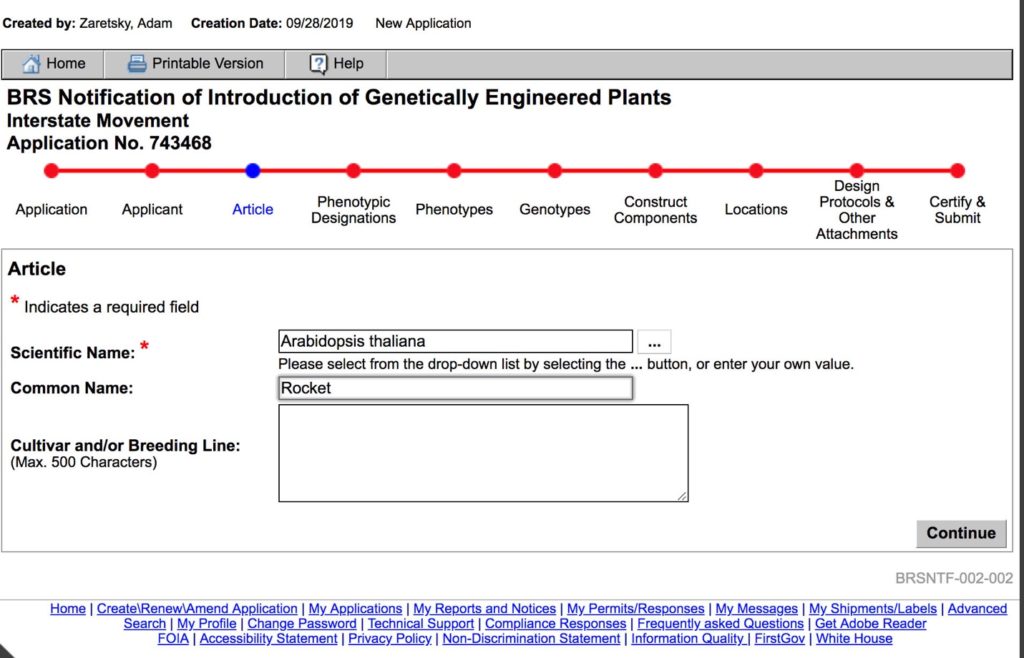
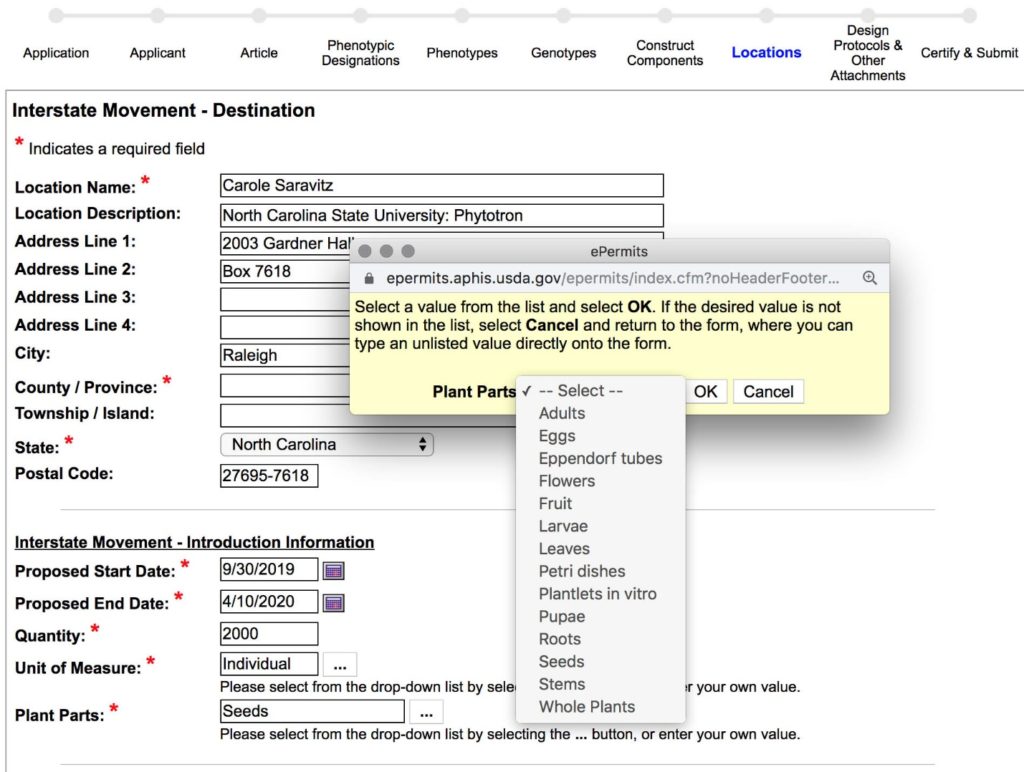
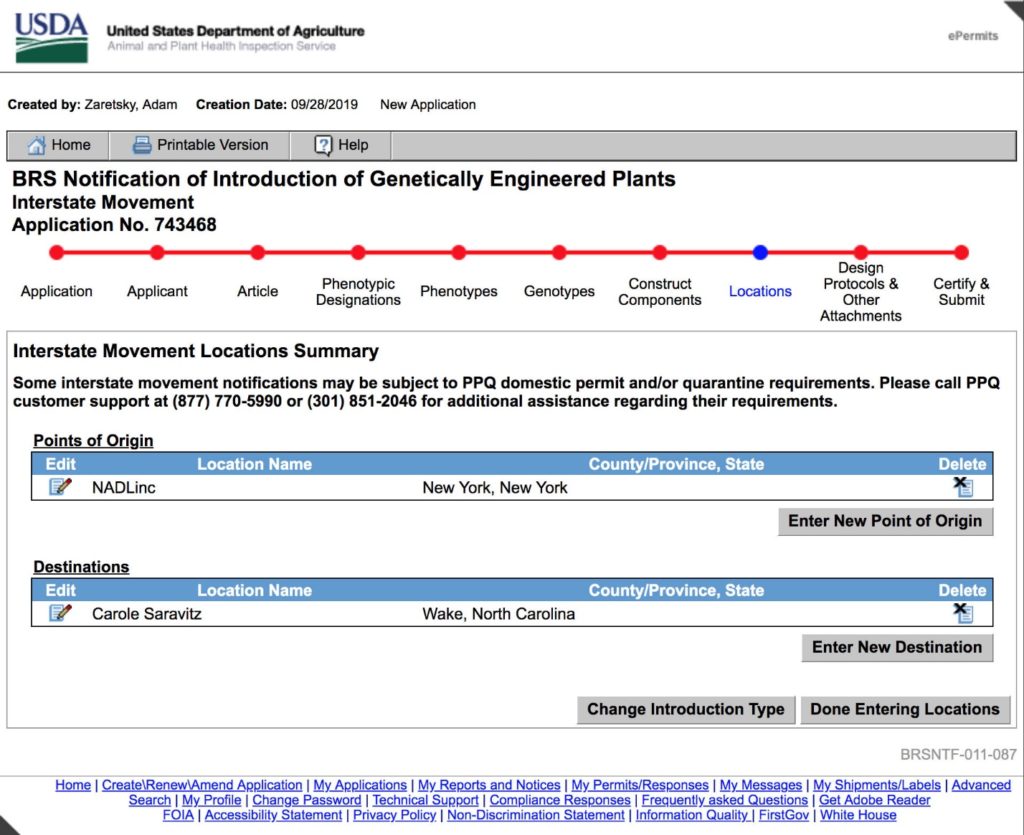
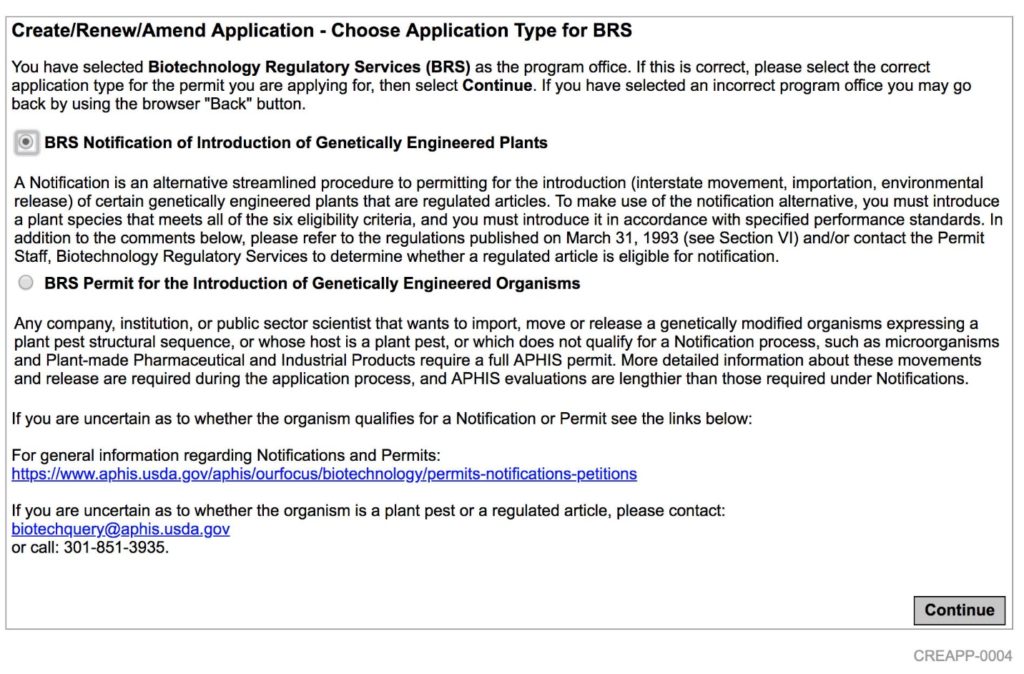
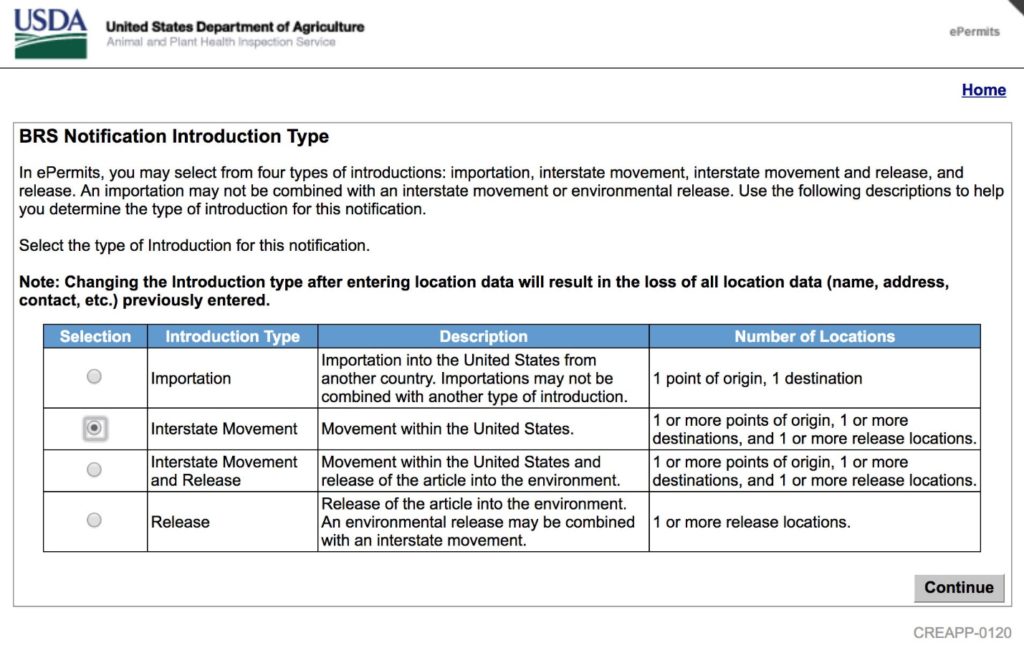
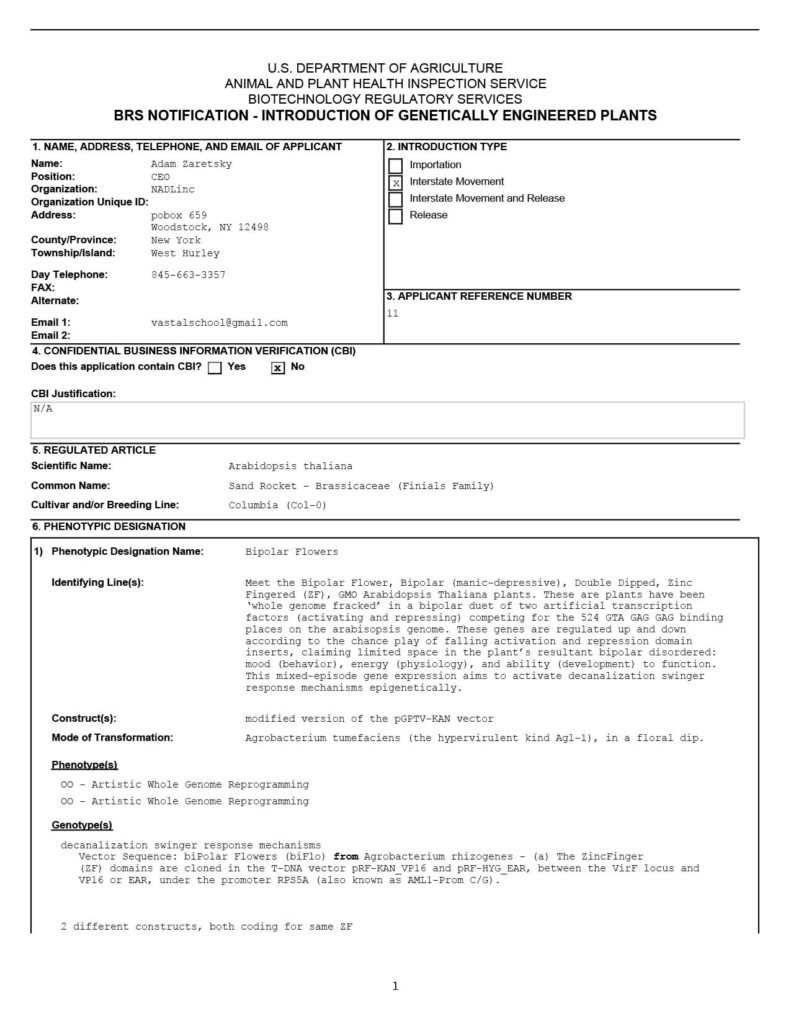
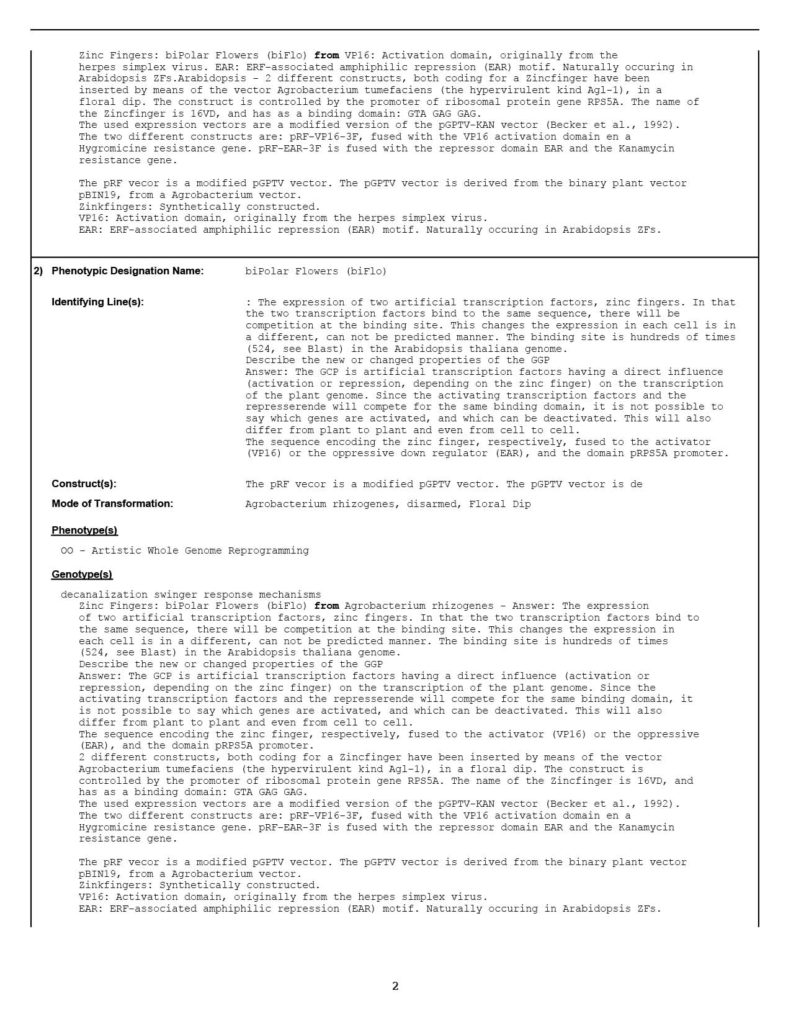
Bipolar Flower Vector Maps
Give a description of the buildup of the whole DNA construct that has been used in the modification process. Please give the origin and the functionality of all parts of the construct.
Answer:
[The whole construct is meant, that has been used to modify the plant. If a vector has been used, you should describe the origin and the function of the vector and the insert, using a vector map. Also mention if there are parts that code for a toxic compound.]
2 different constructs, both coding for a zinc finger have been inserted by means of the vector Agrobacterium tumefaciens (the hypervirulent kind Agl-1), in a floral dip. The construct is controlled by the promoter of ribosomal protein gene RPS5A. The name of the zinc finger is 16VD, and has as a binding domain: GTA GAG GAG.
The used expression vectors are a modified version of the pGPTV-KAN vector (Becker et al., 1992).
The two different constructs are: pRF-VP16-3F, fused with the VP16 activation domain en a hygromycin resistance gene. pRF-EAR-3F is fused with the repressor domain EAR and the kanamycin resistance gene.
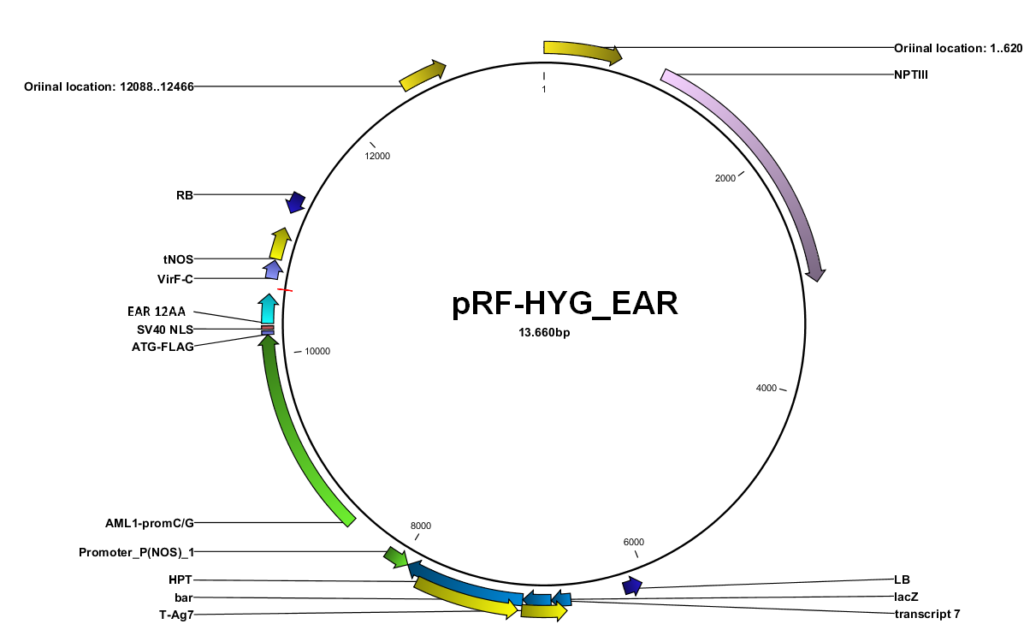
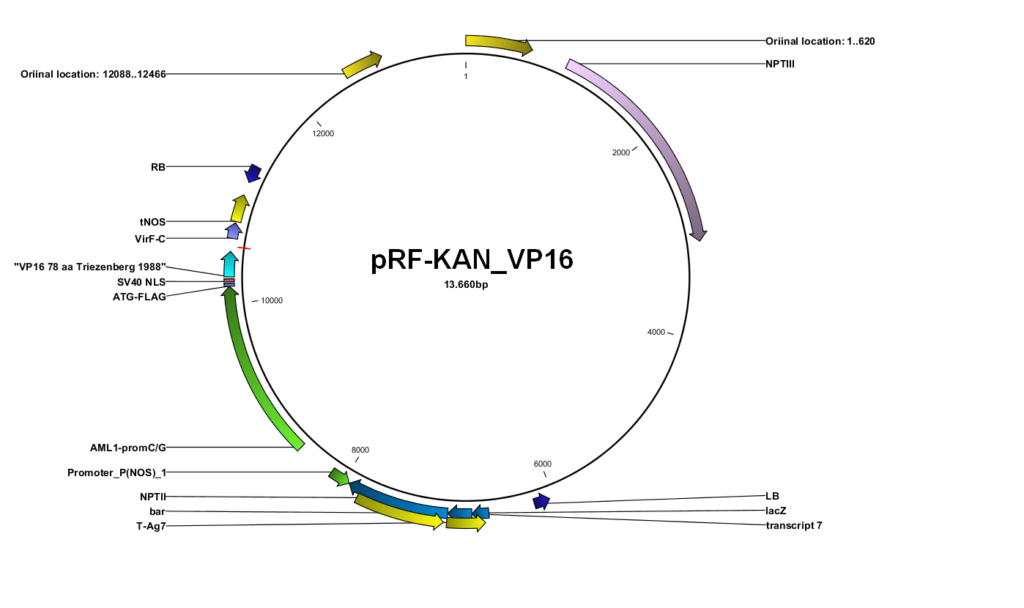
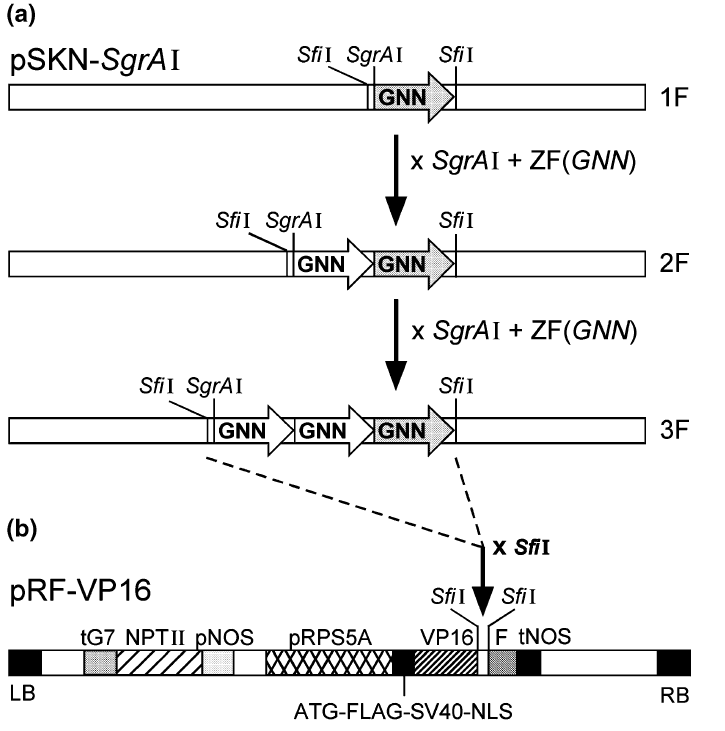
Figure 1: schematic representation of the Construction of the 3F ZF- ATF. (Lindhout et al., 2006).
(a) The zinc finger (ZF) domains are cloned in the T-DNA vector pRF-KAN_VP16 and pRF-HYG_EAR, between the VirF locus and VP16 or EAR, under the promoter RPS5A (also known as AML1-Prom C/G).
And then I got a Call, you can listen here:
Followed by Correspondence:
| USDA BRS notification request 19-273-101n | |
| ████████████████████ | Mon, Oct 7, 2019 at 4:23 PM |
| To: ████████████████████ | |
| Hello Dr. Zaretsky,
I have been trying to contact you via the phone number you put on your notification request to move GE Arabidopsis for an exhibit in North Carolina since last Thursday. I am trying to make sure you qualify for the exemption and that you do not need a permit. It appears from the supplemental documents that you provided that the material can be considered confined and secure at the receiving location based upon your description of the venue and security. The next thing I have to verify with you is that there are no entire coding sequences for a plant pest or the Herpes virus as listed as a donor in the notification and/or the Simian virus as listed as a donor in the attachment. Lastly, in order to qualify for the exemption, the material MUST be shipped in accordance with our regulations as stated in & CFR part 340 under the exemption guidance. Please contact me so I can know how to proceed with the notification you requested. Have a great day, ████ Biotechnologist USDA-APHIS-Biotechnology Regulatory Services Biotechnology Risk Analysis Program |
|
—
And then I called back, you can listen here:
—
Followed by More Correspondence:
| USDA BRS notification request 19-273-101n | |
| ████████████████████ | Wed, Oct 9, 2019 at 12:03 PM |
| To: Adam Zaretsky <vastalschool@gmail.com> | |
|
Hi Dr. Zaretsky,
Per our earlier phone conversation, I need to know that your Arabidopsis plants have no entire coding sequences for a plant pest or the Herpes virus as listed as a donor in the notification and/or the Simian virus as listed as a donor in the attachment. The creator of the constructs should be able to answer this for you. The confinement at the receiving destination should be adequate as described to be eligible for the exemption. Please confirm that the material will be in the Errororarium display as described in the attachment you provided to USDA. Please also confirm that that there is security with locked doors for the exhibit hall and that you will work with the Universities safety officer with regards to genetically engineered material transport, display, and disposal. Lastly, to qualify for the exemption, the seeds must be shipped in accordance to 7CFR part 340.8. For seeds they must be shipped: (2)Seeds. All seeds shall be transported in a sealed plastic bag of at least 5 mil thickness, inside a sealed metal container, which shall be placed inside a second sealed metal container. Shock absorbing cushioning material shall be placed between the inner and outer metal containers. Each metal container shall be independently capable of protecting the seeds and preventing spillage or escape. Each set of metal containers shall then be enclosed in a sturdy outer shipping container constructed of corrugated fiberboard, corrugated cardboard, wood, or other material of equivalent strength.[1] Please send me your responses. If you qualify for the exemption, we will withdraw your notification request from our permitting system. Thank you and have a fantastic day, ████ Biotechnologist USDA-APHIS-Biotechnology Regulatory Services Biotechnology Risk Analysis Program |
|
—
| USDA BRS notification request 19-273-101n | |
| Adam Zaretsky <vastalschool@gmail.com> | Mon, Oct 14, 2019 at 10:51 AM |
| To: ████████████████████ ██████████████████ ███████ |
|
|
████████ of APHIS (CC: ███)
I notified APHIS (FDA/USDA/USA) to transport biPolar Seed from NY to North Carolina for an Exhibition. They are just wanting to make sure that the vectors were not live and full but were merely deactivated viral heads built to introduce the construct to the plant genome. When grown, do the Arabidopsis plants have any entire coding sequences for a plant pest or the Herpes virus as listed as a donor in the notification and/or the Simian virus as listed as a donor in the attachment? I know the answer is no, but I am double checking. Also in this email is ███ █ ███, curators for NC State University Libraries and the Genetic Engineering and Society (GES) Center present Art’s Work in the Age of Biotechnology, opening at the Gregg Museum of Art & Design on Thursday, October 17, 6 to 8 p.m. https://research.ncsu.edu/ges/arts-work-in-biotech/artwork/
|
|
—
|
███ █ ███,
Can we have the Gregg and NCSU confirm there is security with locked doors for the exhibit hall and that you will work with the Universities safety officer with regards to genetically engineered material transport, display, and disposal? Thanks |
—-
|
Hi Adam,
The Gregg is open to the public but locked at night and at any hour when there is not a staff member at the front desk. ███ |
—
| ████████████ ████████ █████ █████ ██████ |
|
Dear all,
The plants contain a T-DNA insertion, essentially that part of a pBIN-like plasmid in between so-called border sequences which define the DNA fragment that is transferred to the plant via Agrobacterium mediated transformation, the most commonly used plant transformation method. There is no live virus or bacterium present. Abbreviations like SV40 only refer to a short sequence originally found in another organism, in the SV40 case a HERPES virus, but the organism/virus is certainly not there. Kind regards, ███ ███ ███ ██████ Institute of Biology Leiden (IBL) Leiden University |
—
At which point it was requested I withdraw my request for a permit in order to allow for an exemption for my biPoal seeds and plants to be issued:
Withdrawal of notification request 19-273-101n
5 messages
| Adam Zaretsky <vastalschool@gmail.com> | Wed, Oct 16, 2019 at 2:55 PM |
| To: ████████████████████ ██████████████████ ███████ |
|
|
Hello ███████
It was formally fun talking on the phone with you today. As per your request, I am withdrawing USDA BRS notification request 19-273-101n. I am glad that I satisfied your requirements to receive and authoritative exemption oF authority from APHIS FDA USDA. Consider the notification defunct. When all is said and done I’d love to do a proper interview with you. For now if you’d like to include any additional non-formal letter from yourself personally about the novelty of this application or notification, it could lead to some really fun correspondence. I think I speak your language fairly well but I think you know the seeds are not a product of science alone. I heard you simply mentioned that you had not seen anything like this in your 11 years of work regulating genetically modified organisms. I would simply adore to hear if this had made your day or your week in any way. I thank you for looking into the process of the making of the seeds and telling me what I had to do to get them exonerated from oversight (as long as proper protocol is followed). Adam Zaretsky |
|
—
| █████████ | Wed, Oct 16, 2019 at 5:15 PM |
| To: ██████████ | |
|
Hello Adam,
I am glad we at the USDA have been able to be of assistance. The GE Arabidopsis thaliana, as listed in notification 19-273-101n, would not be regulated for movement under 7 CFR 340 and a notification to move interstate is not needed. Please ship the seeds, as stated in 7 CFR part 340.2. (b) 2, which we discussed on the phone. Please note that the exemption for these GE Arabidopsis thaliana is only for the movement of the seeds. If you decide to do any releases into the environment at a future time, please contact us so we can help you secure the needed APHIS permits. Thank you and have a great day. I hope your exhibit is a success! ███████ |
|
—
| Adam Zaretsky <vastalschool@gmail.com> | Fri, Oct 18, 2019 at 3:01 PM |
| To: █████████ | |
|
███████ I would like to request paper signed documents of: the receipt of the rescinding of the notification and the issued exemption certificate. PDFs or online database links are fine… but if an official postal document can be mailed… please send to: ███████ ███████ NADLinc ███████ ███████ Woodstock NY 12498 Thanks for your discerning and fair regulation |
|
—
| █████████ | Thu, Oct 24, 2019 at 10:01 AM |
| To: Adam Zaretsky vastalschool@gmail.com | |
|
Hi Dr. Zaretsky,
USDA APHIS BRS does not provide signed paper documents, such as exemption certificates or signed receipts, for withdrawing notifications. Once BRS withdrew your notification it was removed from our permitting system. The GE Arabidopsis that you submitted for BRS review met the exemption from movement notification requirements. Since you met the requirements of confinement at that receiving destination (North Carolina State University), stable transformation, and shipping containment for the constructs listed on notification 19-273-101n you did not need to apply for a BRS notification for that specific movement. If you were to move the GE Arabidopsis material to another location and the confinement was not secure at the final destination, or if you wanted to ship those same seeds in another manner, or if you wanted to release the material into the environment—you would be regulated for a new movement/release. Specifically, this means you would then have to apply for and receive a permit under 7 CFR part 340. Just to clarify, the GE Arabidopsis material is considered a regulated article under our regulation 7 CFR part 340, but since you met the exemption requirements for this specific interstate movement, you do not need a notification to move this material to NCSU. If you have any questions or concerns, please feel free to contact my Branch Chief, █████████ Thank you, ███████ |
|
Epilogue:
The most pertinent thing I learned through the process of getting my seeds exemption clauses for contained travel and exhibition was that although the plants were made to be enigmatically mutated and epigenetically Rotterdam-styled-free-jazz-anti.science-bipolar-freakazoidally-unnamable and intentionally non-repeatable, they were considered to be stably integrated anomalies, coordinated chaosophies, and whole genome reprogrammed monads and therefore not particularly risky for the environment. Although each plant may potentially have a non-plant gene expression pattern, and possible mosaic effects, the vectors were inactive, only their viral heads were used and the zinc fingers (ZFN) just left their mark—and then ceased to appear as personalities in the organism’s fate, fate map, future metabolic, morpho-illogical anatomy. Any general under and over reaction abilities in the world future were considered to be stable and integrated, not motile or externally controlled… as if the plants had new but confirmed personalities and hence were individualistic but predictable.
One thing this shows is that the safety test for contained GMO breeding does not pertain to what is done to the organism’s profitability, to the environment, to its inner being turmoil factor—GMOs are legally bound to their right to fly their freak flag without oversight unless there is intentional release. The oversight is for the process of inserting the genes into the genome and the net risk of any remnants of the constructs that altered the being. Government oversight can determine that GMOs are safe as long as they are not enigmatically still in the process of being changed. If the viral parts used are not continuing to tailor life willy-nilly, and are not therefore actively spreading the disease of novelty mutagenesis, then: the organism is safe. It appears that my antipsychiatric[2] studies model organism uses sane technics to produce post-sane results that are therefore stably queer and acceptably queer automatically. They are built by reason, even if it is conceptual, process based, creative misuse of reason and therefore the risk is low. This low risk is true, even if the GMO cannot be reverse engineered, even if the GMO can live free or die, even if the GMO can propagate ad infinitum. We know not what we do, but we know how we did it, and that makes it safer, safe enough to be exempt from oversight if kept contained.
FYI – A brief description of The Errorarium:
The Errorarium is an audio-photonic, environmental organismic personality, behavioral audio enrichment and integrity testing terrarium meant to house mutant organisms and subject them to tests for photosynthetic and sonic engagement. The light and sound synthesizer has many dials that you can turn to alter the environment of the growing organisms. Do you think you are enriching or stressing the organisms in the Errorarium with your mediated entertainment? What is the difference between enrichment and stress?
The Errorarium is an artist’s commentary on Bio-solar Cells, a Netherlands based scientific research consortium based on increasing photosynthesis through genetic modification of algae and plants. By changing the variables on the Errorarium, you are making the experiment non-repeatable and hard to utilize. At the same time, you are finding variables that are beyond the scope of known research. Therefore, the Errorarium produces a wide range of chaotic artificial light and sound results by maximizing jazz variability within the artistic growth chamber. We are hoping that the meanings are conversational, qualitative and beyond the ability of knowledge to glean refinement.
All media courtesy the artist.
Credits:
Errorarium Design: a Zaretsky/Juday/Edwards Collaboration
Errorarium Architecture and Fabrication: Mason Juday
http://masonyte.com/
Errorarium Experimental Light Synthesizer Engineer:
Pete Edwards of Casper Electronics
http://casperelectronics.com/
Supported by:
Foundation for Fundamental Research on Matter (FOM), The Arts and Genomics Centre, Leiden University and BioSolar Cells.
[1] For this travel I used six Altoid tins all wraped in paper towels and then put inside a used thrift store cookie tin and then boxed.
[2] Gold, E. (2019, September 5). Disciplines of dissent: On antipsychiatry within the academy. Mad in America. Retrieved from https://www.madinamerica.com/2019/09/disciplines-dissent-antipsychiatry-within-academy/
Adam Zaretsky is a WetLab art practitioner mixing ecology, biotechnology, non-human relations, body performance and gastronomy. His art practice focuses on an array of legal, ethical, social and libidinal implications of biotechnological materials and methods with a focus on transgenic humans. Zaretsky is a former researcher at the MIT department of biology and he also runs a public life arts school: VASTAL (The Vivoarts School for Transgenic Aesthetics Ltd.)